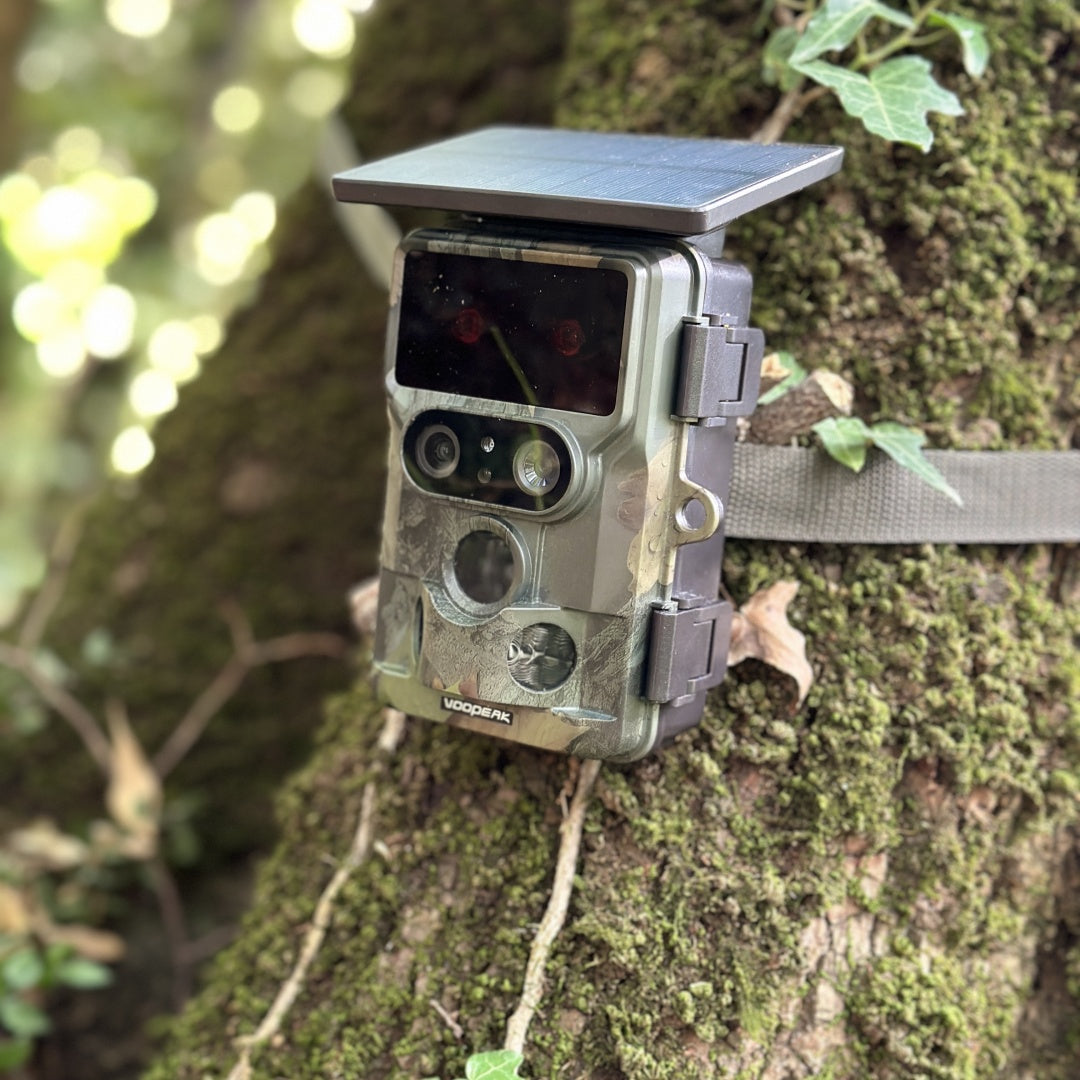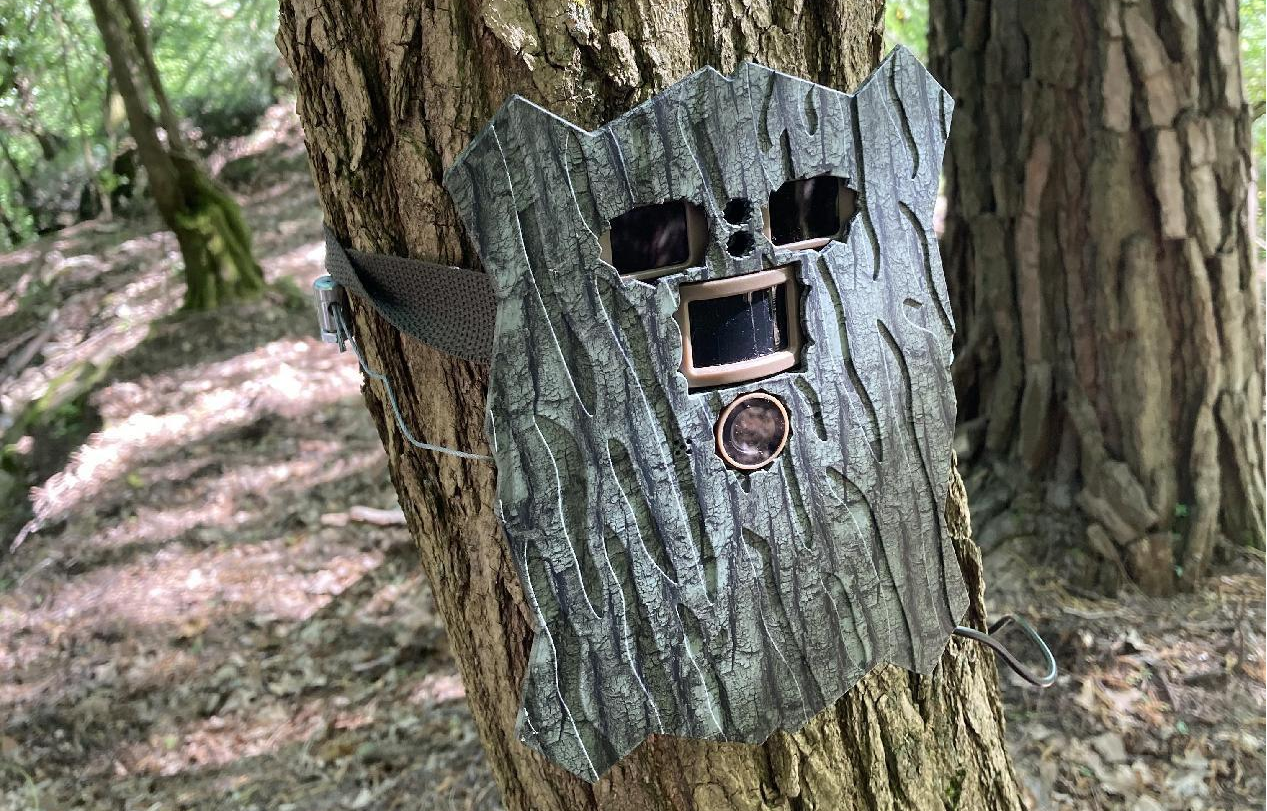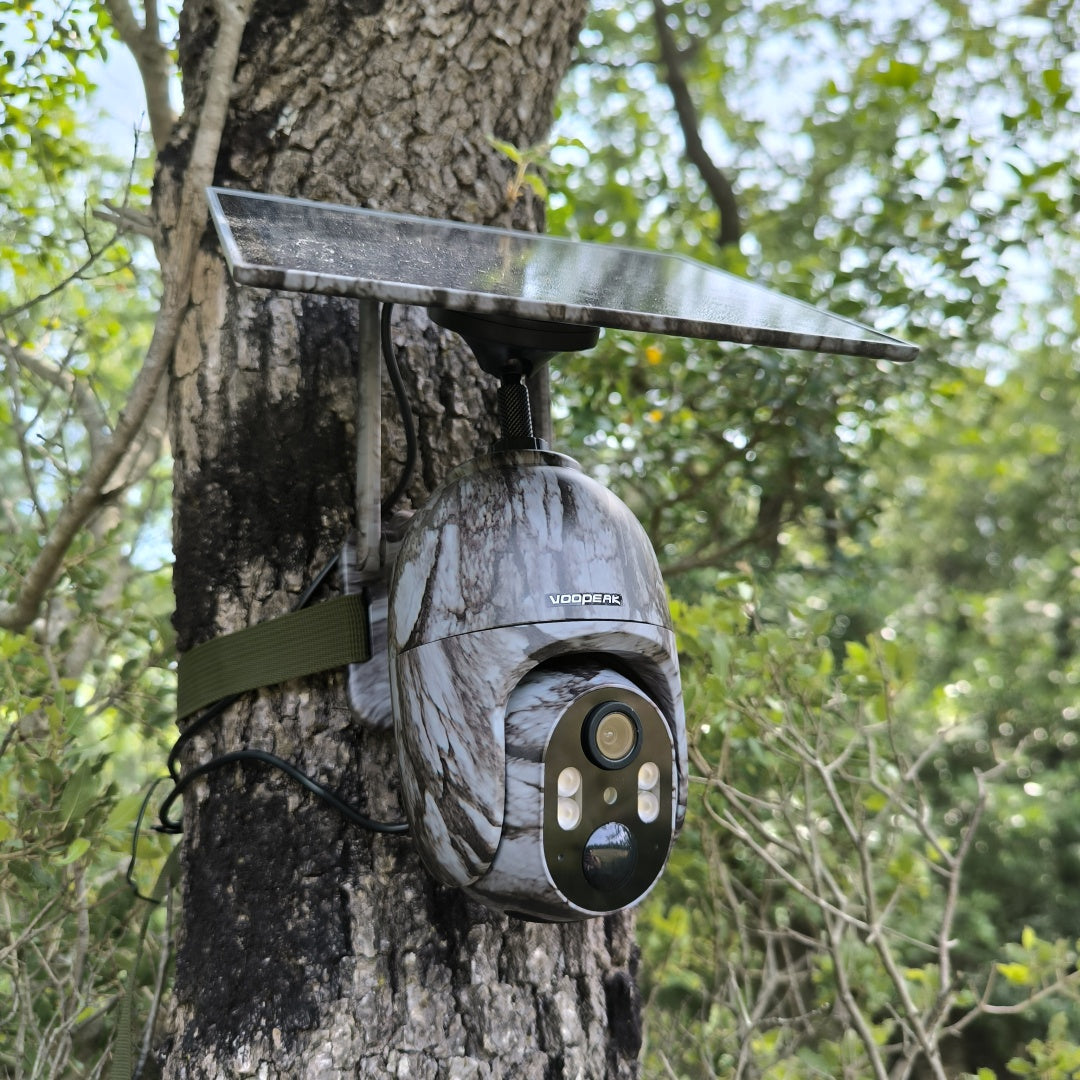Keywords: hunting camera, animal camera, wildlife monitoring, hunting camera battery life, extending hunting camera battery life
How to fix hunting camera battery life issues: 2024 tips and energy saving guide
1. Common causes of hunting camera battery life issues
1.1 Over-triggering sensors
1.2 High power consumption settings
1.3 Unsuitable battery types
2. How to optimize hunting camera settings to extend battery life
2.1 Reduce motion sensing sensitivity
2.2 Adjust shooting frequency and mode
2.3 Optimization of night shooting
3. How to choose the right battery type
3.1 Alkaline or lithium battery
3.2 Advantages and disadvantages of rechargeable batteries
4. Use of external power supply and solar cell
4.1 Tips for using solar panels
4.2 Options for external power supply
5. Common misunderstandings on how to avoid rapid battery exhaustion
5.1 Wrong storage environment
5.2 Ignoring firmware updates
6. Daily maintenance and inspection
6.1 Clean the camera and sensor regularly
6.2 Check battery status and replacement cycle
7. Conclusion
1. Common causes of hunting camera battery life problems
1.1 Over-triggering of sensors
The working principle of hunting cameras is to capture activities around the camera through motion sensors, but if the sensitivity is adjusted to a high level, the camera will be frequently triggered by wind and grass, animals passing by, etc., which will accelerate the battery consumption of the camera and may also capture some unimportant moments, wasting storage space, so reducing the trigger frequency of the sensor is a very important measure to extend the battery life.
1.2 High power consumption settings
For example, long-term video or long video mode, night infrared shooting, or high-definition resolution mode will greatly increase battery consumption. Especially the infrared function in the night shooting mode, it consumes a lot of battery, so if you want the battery to last longer, you can check this.1.3 Unsuitable battery type
For example, the advantage of alkaline batteries is that they are low in price, but the disadvantage is that they have poor battery life and cold resistance. If the hunting camera happens to work in a low temperature environment, the battery life performance will be further reduced.
2. How to optimize the settings of hunting cameras to extend battery life
2.1 Reduce the sensitivity of motion sensing
Reducing the sensitivity of the motion sensor can prevent the device from being frequently triggered by unnecessary motion sensing, such as leaves or small animals. This will not only reduce battery consumption, but also improve the working efficiency of the camera. Users can adjust the sensitivity according to their monitoring range and needs to ensure that they can capture what they want and achieve their goals without wasting so much power.2.2 Adjust the shooting frequency and mode
The camera's shooting frequency and mode settings will also affect the battery life. Photo mode consumes less power than video mode. If you don't need a lot of video recording, it is recommended to set it to only take photos. In addition, reducing the interval between shots can also effectively save power.2.3 Optimization of night shooting
In night mode, infrared hunting cameras rely on infrared lighting to capture clear images, but this is also a high-power shooting technology. Users can reduce the frequency of night shooting or reduce the power setting of the infrared light, which can also effectively extend the battery life.
3. How to choose the right battery type
3.1 Alkaline batteries or lithium batteries
Alkaline batteries are cheaper, but they are not as good as lithium batteries in terms of battery life and durability. Although lithium batteries are more expensive, they have better battery life, especially in cold weather. At lower temperatures, the power of alkaline batteries will be significantly reduced, while lithium batteries can still maintain a longer battery life under these conditions.3.2 Advantages and disadvantages of rechargeable batteries
Rechargeable batteries are another option, but they are not always suitable for long-term outdoor use of hunting cameras. Although rechargeable batteries are environmentally friendly and cost-effective, their use time after each charge is relatively short, so frequent battery replacement or external charging equipment is required.
4. Use of external power supply and solar cells
4.1 Tips for using solar panels
Some hunting cameras support solar panels, which is a sustainable power option, especially suitable for cameras placed in the wild for a long time. As long as you make sure that the solar panel is installed in a location with sufficient sunlight, avoid shadows, and choose a solar panel with sufficient power, it can basically meet the camera's power needs during continuous shooting.4.2 External power supply options
External power supply is also a good choice for situations that require long-term shooting or unattended. Many hunting cameras support external power supply, which can be charged through USB or dedicated interface connection. If you are near the camp, it doesn't matter, you can keep the device powered by a portable power supply.
5. Common misunderstandings on how to avoid rapid battery depletion
5.1 Wrong storage environment
The different storage environments of batteries will directly affect its performance. Especially in extreme temperatures, the battery power will drop rapidly, just like our mobile phones sometimes suddenly shut down in extremely cold weather. Therefore, users should avoid storing the camera and battery in an overheated or overcold environment, and remove the battery when not in use and store it in a cool, dry place.5.2 Ignoring firmware updates
Some hunting camera firmware updates may include power management optimizations, so regularly checking and updating the camera's firmware may help improve battery life.







Hinterlasse einen Kommentar
Diese Website ist durch hCaptcha geschützt und es gelten die allgemeinen Geschäftsbedingungen und Datenschutzbestimmungen von hCaptcha.